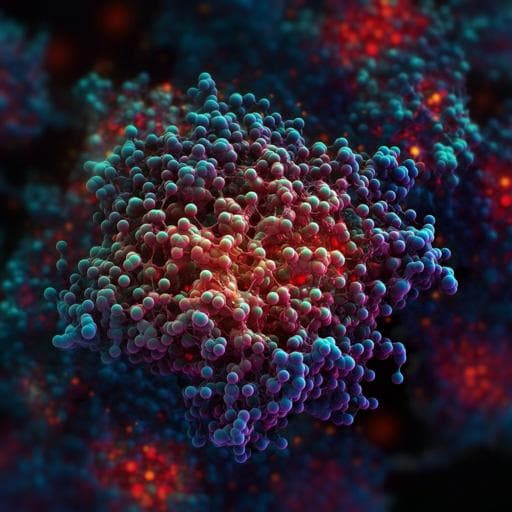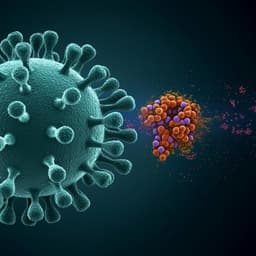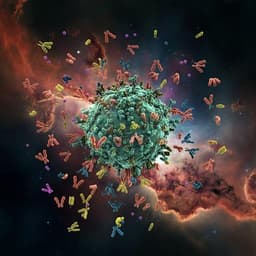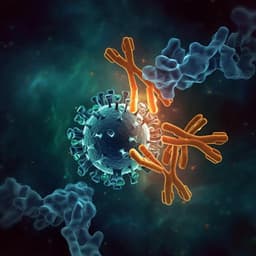
Medicine and Health
Cross-neutralizing antibodies bind a SARS-CoV-2 cryptic site and resist circulating variants
T. Li, W. Xue, et al.
This groundbreaking study uncovers two powerful cross-neutralizing antibodies, 7D6 and 6D6, targeting the conserved Sarbecovirus receptor-binding domain, providing promising avenues for therapeutic and vaccine development against diverse SARS-CoV-2 variants. Conducted by a team of expert researchers, including Tingting Li and Wenhui Xue, this work is a leap forward in the fight against COVID-19.
~3 min • Beginner • English
Related Publications
Explore these studies to deepen your understanding of the subject.







